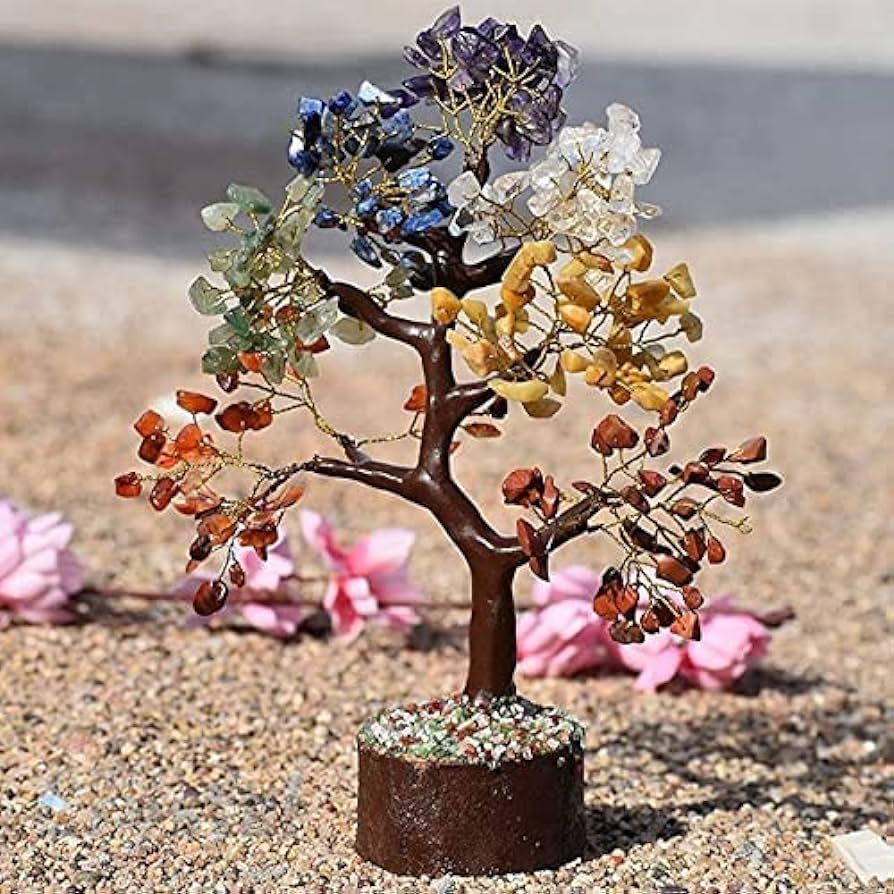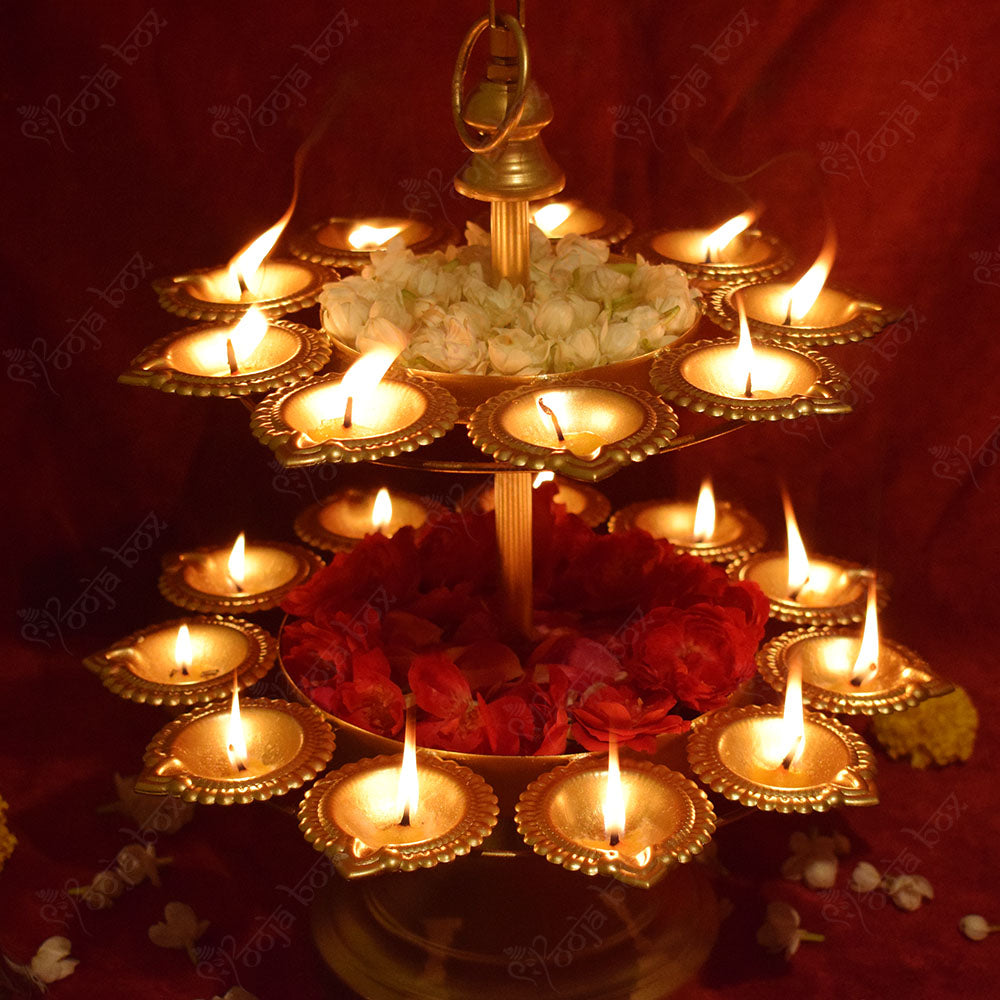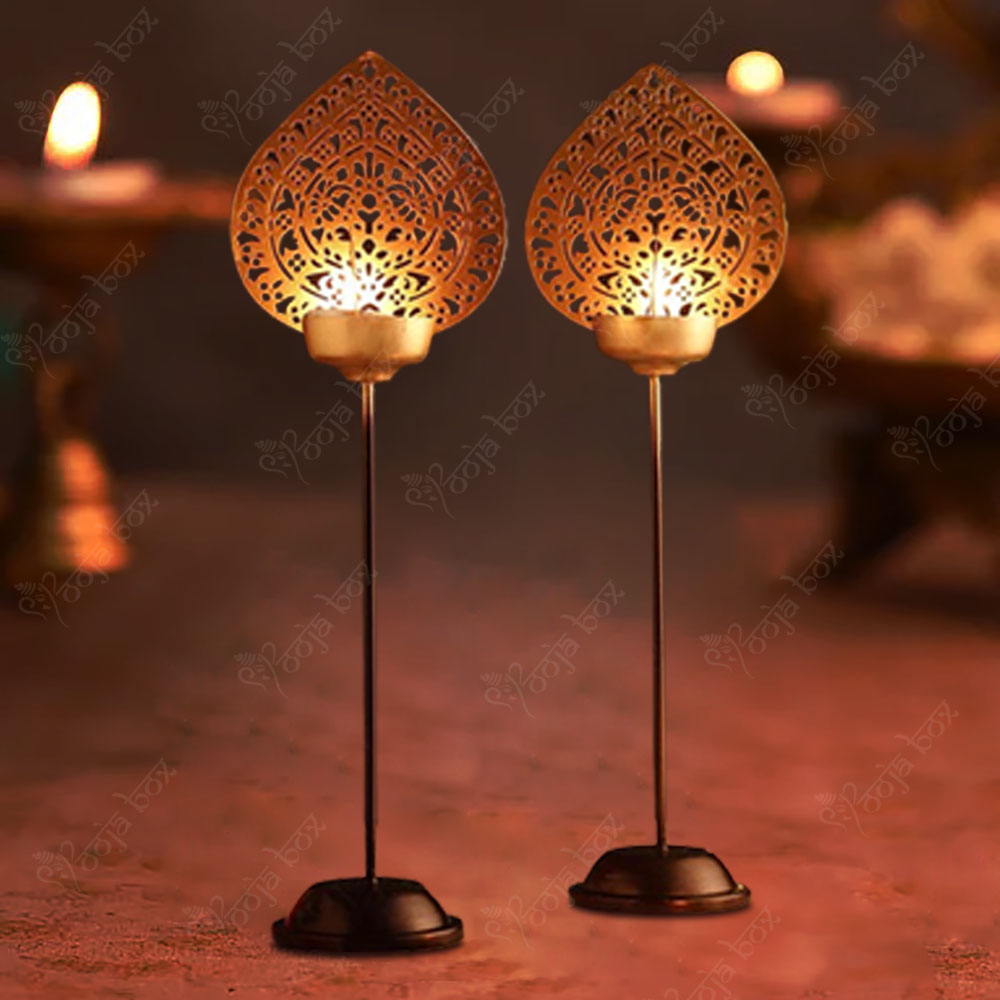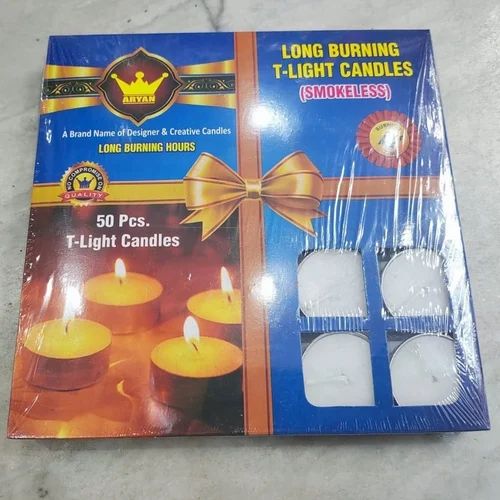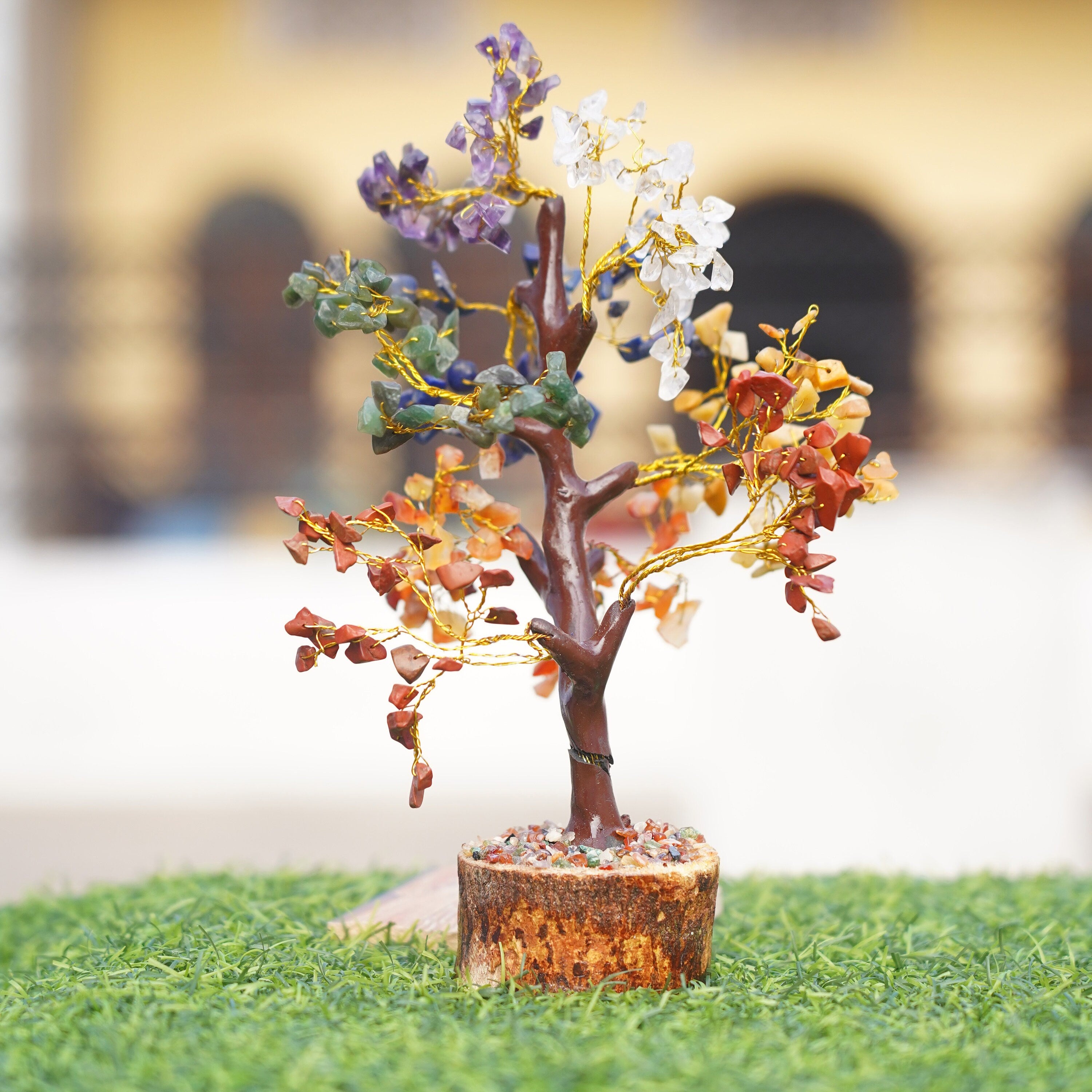Raksha Bandhan is a holy celebration of sibling love, trust, and mutual protection that goes beyond simply tying a thread. Every year, sisters pray for their brothers' happiness and safety by tying rakhi on their wrists, while brothers promise to look out for and treasure their sisters. However, did you know that Hindu mythology is a major part of the Raksha Bandhan tradition? These old tales highlight the biological, spiritual, and symbolic aspects of raksha, or protection.
Let's investigate the Raksha Bandhan mythology by means of classic Mahabharata tales, stories like Indra Dev, Krishna and Draupadi, and more.
Draupadi and Krishna: The Sacred Thread of Defense
The tale of Krishna and Draupadi is among the most heartwarming Raksha Bandhan tales in Hindu mythology. Several traditions claim that Lord Krishna hurt his finger while working with sugarcane or while he was in combat with Shishupala. The Pandavas' wife, Draupadi, tore a piece of her sari as soon as the blood began to flow and wrapped it around Krishna's finger to halt the bleeding.
Inspired by this act of affection, Krishna assured Draupadi that he would always look out for her. He described it as a sacred relationship that is more powerful than an oath. When Dushasana attempted to publicly undress Draupadi in the royal court at the notorious Cheer Haran in the Mahabharata, this vow came to pass. Draupadi cried out to Krishna, feeling helpless and embarrassed, and he suddenly made her sari infinite, preserving her honor.
Emotional Lesson: Genuine raksha transcends bodily existence. Protection is given unconditionally and spiritually in this relationship of the heart.
Draupadi and Yudhishthira: Raksha in Emergency Situations
Another instance of symbolic Raksha Bandhan takes place between Draupadi and Yudhishthira, the eldest Pandava, in the Mahabharata Rakhi tale. Yudhishthira acknowledges his error and asks for forgiveness following the dice game in which the Pandavas lose everything, including Draupadi. Despite her intense pain, Draupadi remains loyal to her husbands.
Yudhishthira later fastens a protective thread (raksha sutra) on Draupadi's wrist during the holy month of Shravan while they are exiled in the forest. This was a ritual to shield her from evil and bad luck in the days ahead, not only a gesture.
Moral Lesson: Rakhi isn't just about brothers defending sisters. Occasionally, the roles are reversed. The assurance of safety and emotional support is what counts.
Raksha Sutra in the Vedas: Indra Dev and Indrani
We are transported back in time to the ancient Vedic writings by the tale of Indra Dev and Indrani. Indra, the monarch of the gods, was losing a bloody conflict between the devas (gods) and asuras (demons). Before Indra went to fight, his wife Indrani, worried about his safety, made a sacred thread that was sanctified with mantras and tied it around his wrist.
Indra not only survived but triumphed thanks to this almighty raksha sutra and her prayers.
Emotional Takeaway: Raksha Bandhan's spiritual beginnings are reflected in this tale. It demonstrates how protective threads, sometimes knotted by a wife, sister, or other close caregiver, are signs of strength that are imbued with love and prayer.
King Bali and Goddess Lakshmi: Rakhi Beyond Blood Ties
King Bali and Goddess Lakshmi are the subjects of one of the most obscure but exquisite stories in Raksha Bandhan mythology. In order to keep his word, Lord Vishnu stayed in Bali's kingdom as his doorman after using the Vamana avatar to defeat the strong and giving demon king Bali.
Goddess Lakshmi was upset by this and wished for Vishnu to return to Vaikuntha. In order to approach Bali and tie a rakhi on his wrist, she pretended to be a Brahmin woman. Bali was moved by her act and vowed to keep her safe forever. After she came clean, Bali respected the relationship with Lakshmi and allowed Lord Vishnu to return.
Emotional Takeaway: This tale serves as a reminder that Rakhi isn't just for siblings in Hindu mythology. Any two spirits that respect, trust, and love one another can form a bond.
The Sons of Santoshi Maa and Ganesha: The Creation of a Goddess
There is another charming story about Lord Ganesha's sons, Shubh and Labh, who desired a sister, but it is more spiritual than mythological. Ganesha made Santoshi Maa, the goddess of contentment, after much pleading. Raksha Bandhan tied a rakhi, a symbol of love and protection, around her siblings' wrists as she arrived.
Emotional Takeaway: Rakhi is a festival that keeps developing, forming new ties and tales that transcend all ages and religions.
Conclusion: A Time-Transcending Bond
The mythological Raksha Bandhan tales, which feature both celestial entities and heroic heroes, exemplify the enduring principles of love, devotion, and defense. The stories of Krishna and Draupadi and the Rakhi in the Mahabharata both highlight the strength of bonds based on sacrifice and trust.
As we commemorate Raksha Bandhan today with gifts, candy, and laughter, we are carrying on a custom that extends well beyond customs. The principles that have been passed down through the ages from these stories are being lived out by us. Additionally, the Rakhi threads that are tied across wrists all throughout the world bind not only siblings but also hearts and history.
This Raksha Bandhan, honor the spirit of love and protection.
Make a rakhi. Give a blessing to someone. Additionally, if you want to bring a little of divine love home with you, think about putting a stunning Blue Krishna Crystal Glass God Idol in your pooja room. It will serve as a constant reminder of the connection between devotion and protection.

